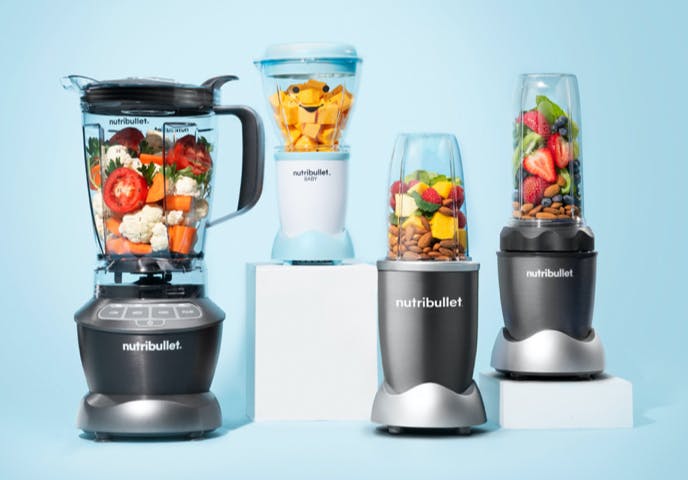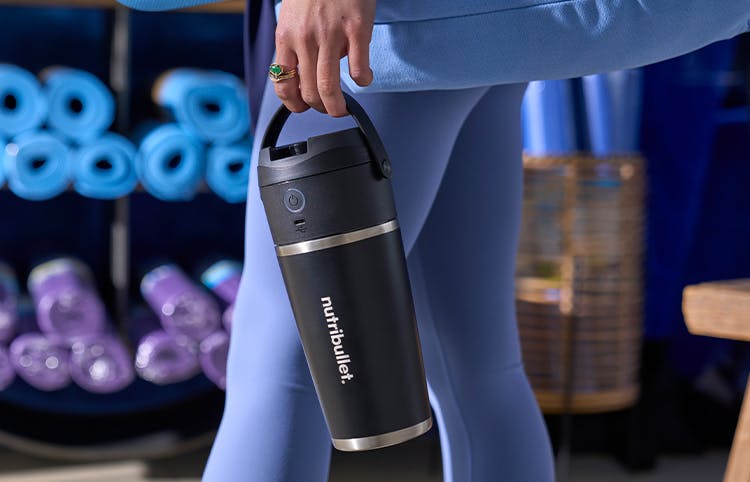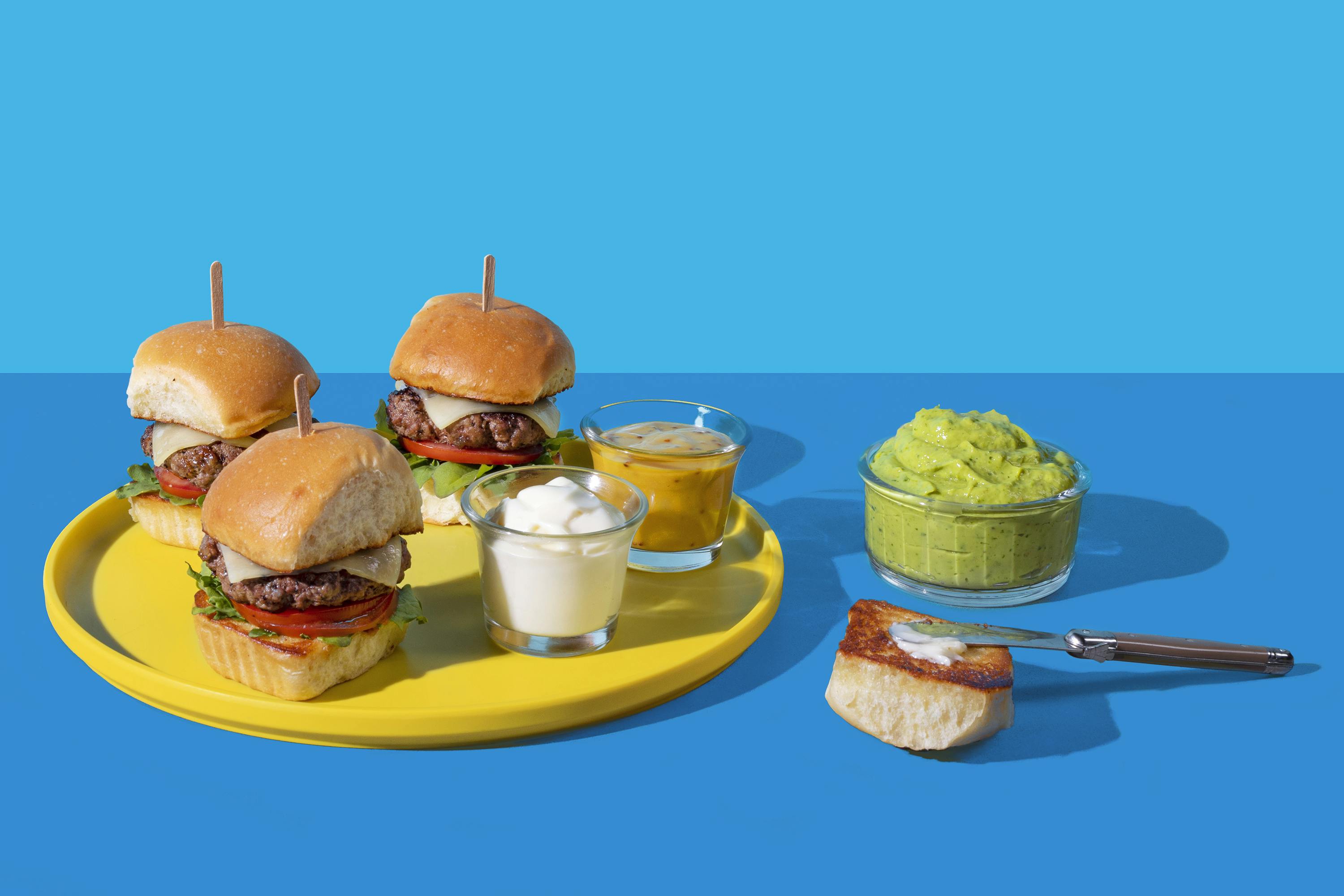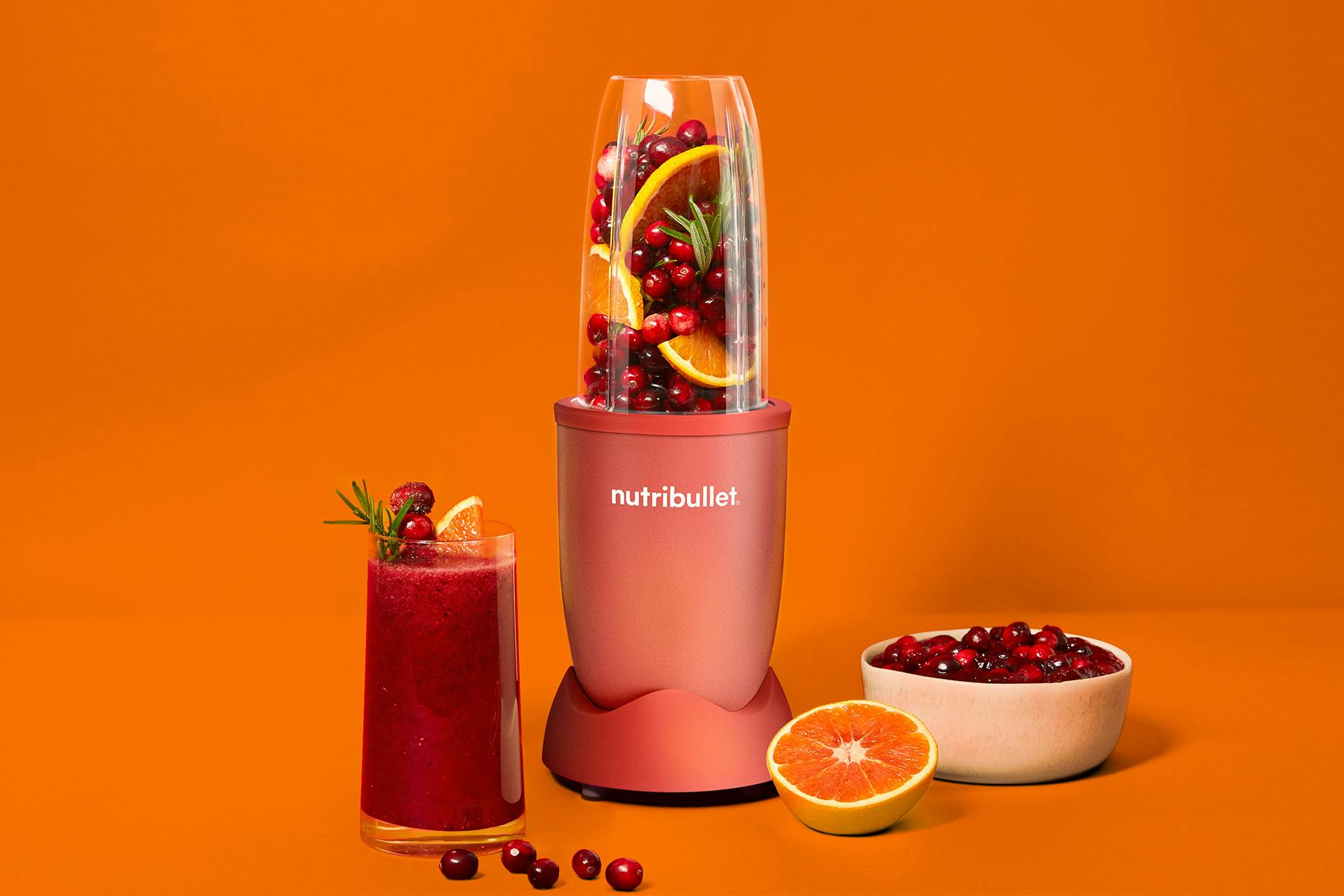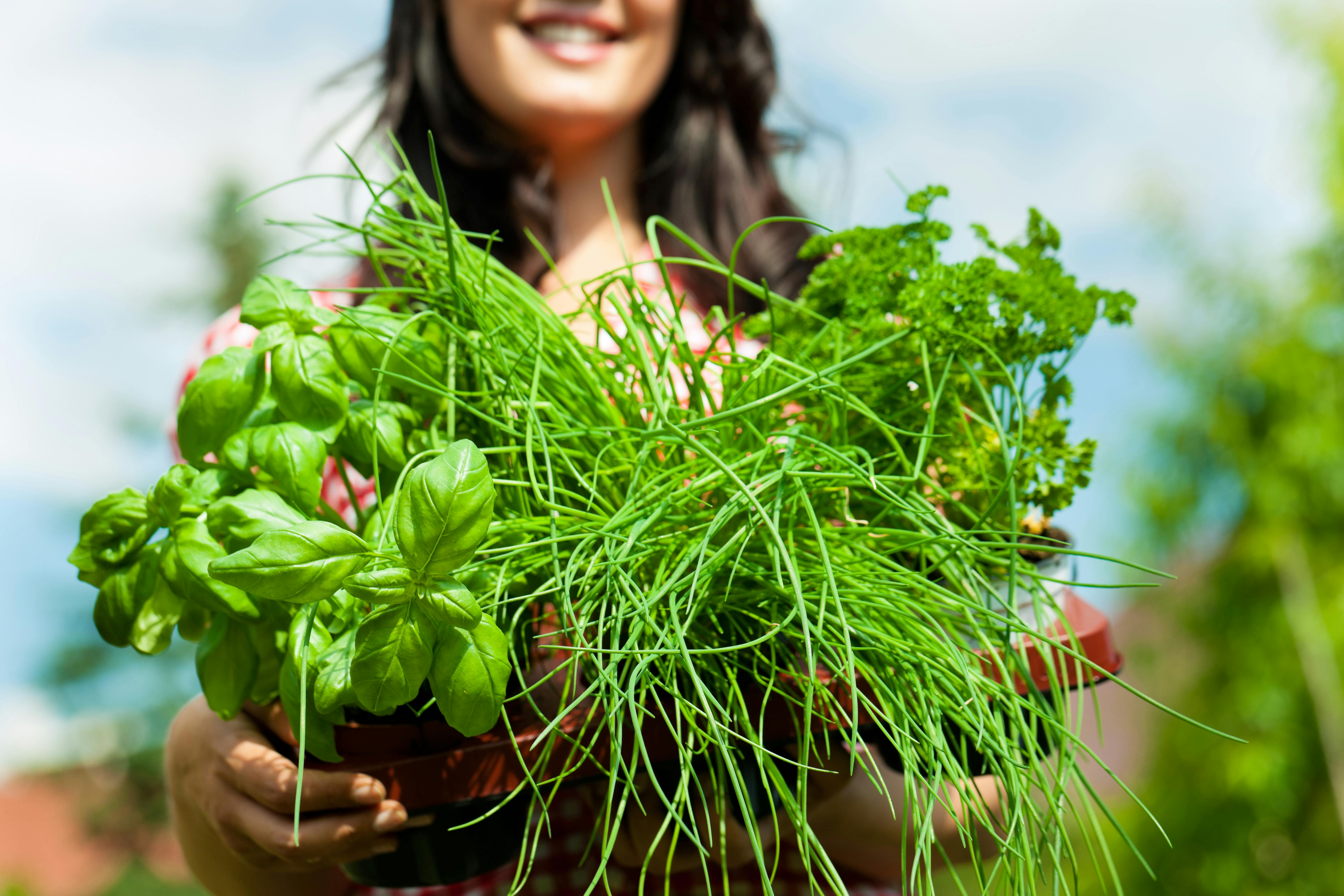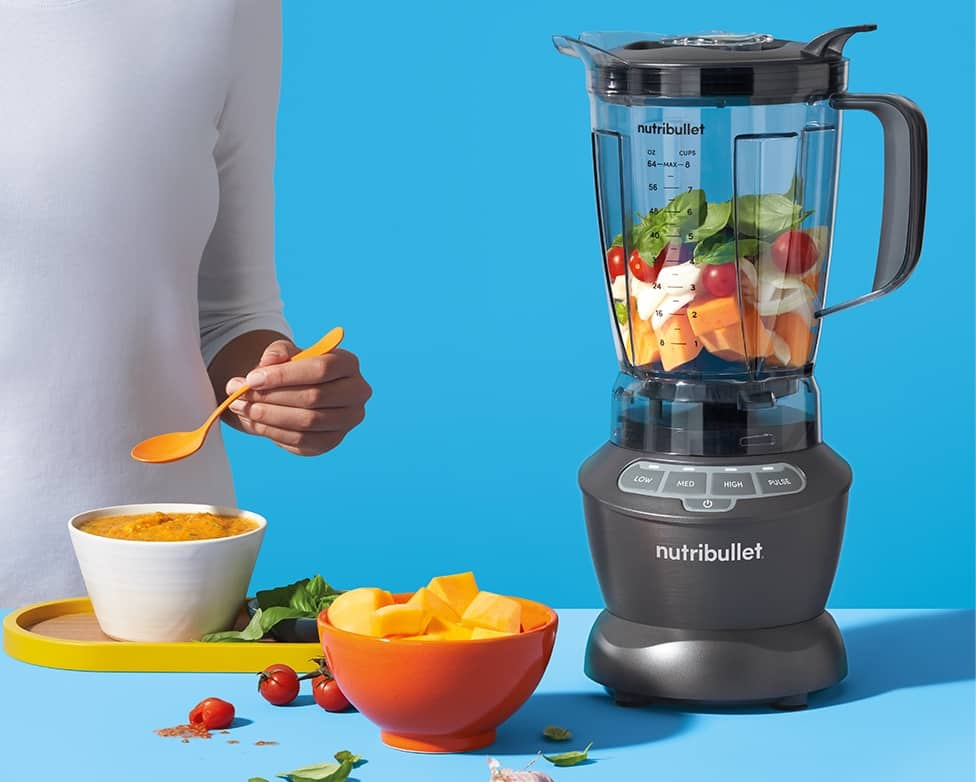You’re not alone. There has been an increased interest in moving towards plant-forward eating. More people are choosing to eat plant-based (foods from plant origins) or plant-forward (mostly plant) options due to a range of reasons, from environmental to animal welfare. Others are making these changes for their health, as nutrition experts and medical scientists link plant-based eating to increased health and longevity.
In 2015, the USDA Dietary Guidelines Committee concluded that “a dietary pattern that is higher in plant-based foods, such as vegetables, fruits, whole grains, legumes, nuts, and seeds, and lower in animal-based foods is more health-promoting and is associated with lesser environmental impact (GHG emissions and energy, land, and water use) than is the current average U.S. diet.” Plant foods naturally have fiber, phytochemicals, and other nutrients that can help protect the body from chronic illnesses such as type 2 diabetes, heart disease, and certain cancers. Some of these foods are also rich in protein. The World Resources Institute released a protein scorecard that shows the cost per gram of protein and the environmental impact per gram.
A plant-based diet might seem new, but it’s quite the opposite. Cultures from around the world have been eating this way for thousands of years! The Blue Zones, for example, are five different places around the world with the highest concentration of centenarians living long, healthy lives eating plant-forward diets. These cities have nine common principles that are said to contribute to their well-being, emphasizing a diet that is 95 to 100 percent plant-based.
So, what exactly does plant-based mean?
The Culinary Institute of America defines plant-based as a way to describe ingredients and foods themselves. It refers to foods that naturally come from a plant origin like vegetables, fruits, whole grains, legumes, nuts, seeds, and their derivatives. Many people might describe “going plant-based” as a way to eat less food sourced from animals or none at all.
Easy tips when eating at home:
- Meatless Mondays or any day. A great way to get started is by choosing one meal or one day a week to eat plant-based. This allows you to start slow and gives you the flexibility you need. If you like having cereal and milk for breakfast, try swapping for plant-based milk. Yogurt and fruit? Try a plant-based yogurt with some added nuts and seeds. Meatless Mondays has an amazing list of recipes to get you started! Remember, it doesn’t have to be Mondays; it can be any day or meal you choose to get started with.
- Rethink your protein. What proteins should you choose? You’d be surprised to find that many plant-based foods are packed with protein. Tasty alternatives to choose from include whole food sources like lentils, legumes, nuts, and seeds. Try swapping out your favorite burger with a veggie patty or sprinkling nuts and seeds to your yogurt for an extra boost of protein. For a more comprehensive list of plant-based protein foods, check out this list from the USDA.
- Stock your pantry. Make it easy for you to choose plant-based options. Stock your fridge and pantry with a few of your favorite go-to items when you’re craving a snack. Try steamed edamame or hummus with crackers and veggies. Or make this delicious Avocado Hummus!
Easy tips when eating out:
- Scan the menu. Most restaurants have their menus available online, so you can plan ahead. Depending on where you live, there may be a plethora of plant-forward restaurants to choose from. Try cuisines from cultures all around the world that eat predominantly plant-based from Indian to Chinese to Ethiopian!
- Build your plant-based meal. If you’re having a difficult time finding a plant-based option on the menu, you can modify dishes from many cuisines to be plant-based. If you’re opting for pizza, ask if they have a dairy-free cheese. For pasta dishes, opt for tomato-based sauces. For Mexican dishes, you can have beans in place of animal protein. Happy Cow is a great resource to find nearby plant-based or veg-friendly restaurants anywhere in the world!
No matter where you are in your journey, whether you’re trying Meatless Mondays or shifting your diet completely, each small step makes a difference for the planet and your health.










